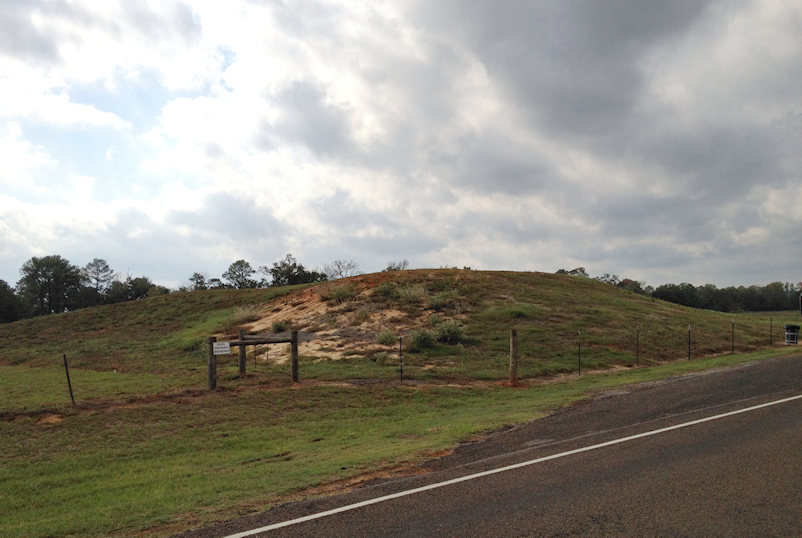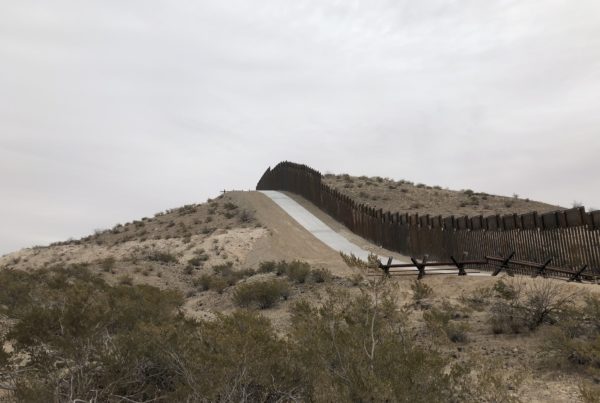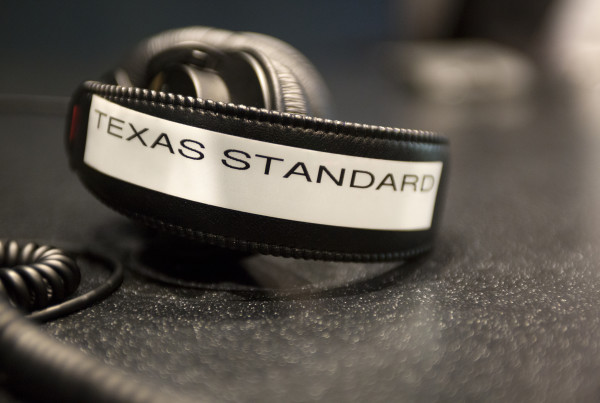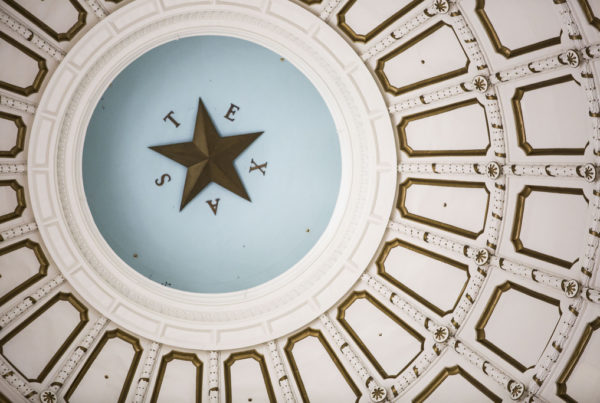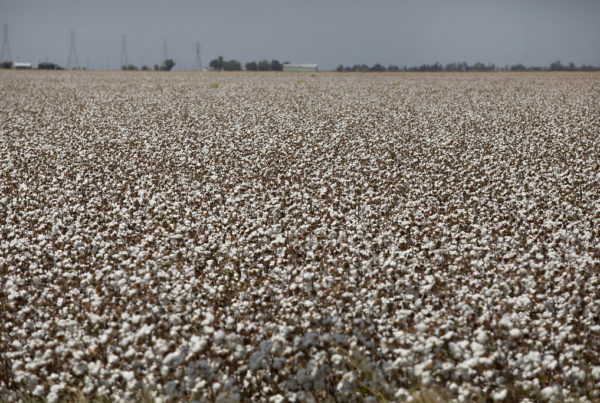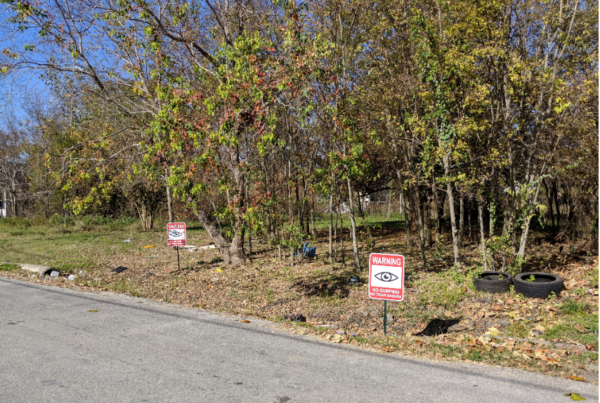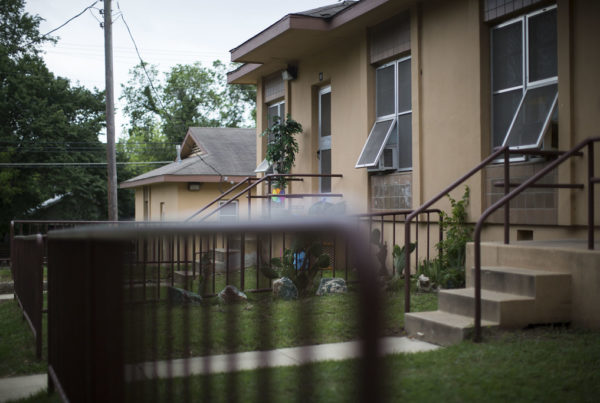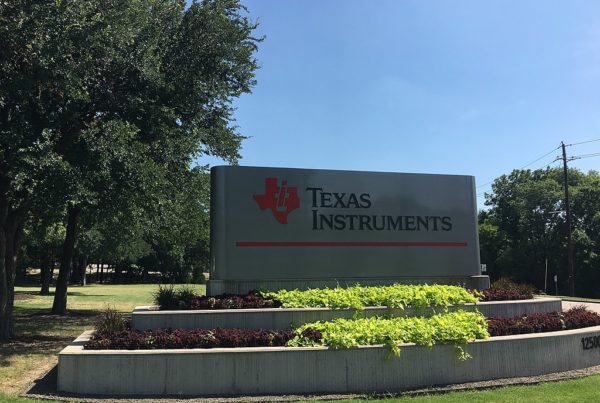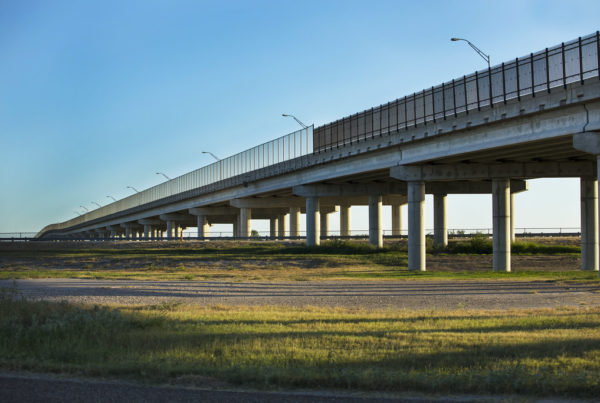Spend enough time in the woods that blanket deep east Texas, and eventually you’ll run across earthen mounds. They look natural but they’re actually centuries-old manmade monuments. For people like Chase Kahwinhut Earles, they’re holy places.
When a string of tornadoes swept through the area a week ago, the mounds, and the people who revere them, faced danger.
“You can equate it to the same thing as our church. We pray there, that’s sacred to us,” says Earles.
Earles is a member of the Caddo nation, a confederation of Native American tribes whose territory ranged from East Texas to Louisiana and parts of Arkansas. Historically, the mounds were used as burial grounds. The Caddo would bury their dead with objects they used in life – often something like a pot, which is what Chase makes now. He’s one of the few Caddoes practicing the craft – the art was almost completely lost, and is just recently resurfacing.
Some of the best-known examples of Caddo mounds are in East Texas: the Caddo Mounds State Historic Site, about 30 miles west of Nacogdoches. The site hosts an annual Caddo Culture Day, and this year’s celebration took place on Saturday, April 13. Chase lives in Ada, Oklahoma, but he travels to the celebration each year to display his pottery and educate others about his culture. This year would be different though: after Caddo Culture Day, Chase’s wife and daughter would go back to Ada, but he would remain at Caddo Mounds as part of a new residency program by local cultural groups supporting Caddo artisans.
“They were going to fund me with grants and different programs, so I was going to move there and stay there for about five weeks in the spring, and then a few more weeks in fall,” Chase says. “It was bittersweet for us. I guess we were all kind of anxious about the whole thing.”
Chase recently took the leap to become a full-time artist, so this was a great opportunity, but it would still be a big change for his family. The Culture Day event would be a nice retreat, he thought.
The day of the event was overcast and drizzling, but not bad enough to drive people away. Chase and his brother drummed out Caddo songs while others danced. Folks seemed to be enjoying themselves – listening to the drum, taking in the mounds, eating Indian tacos. But after lunch, the rain picked up, and the event moved inside the site’s visitor center. Chase didn’t think there was anything to worry about though. He and his brother kept drumming.
“It’s not really normal for us to break course when you’re playing a song,” Chase says. “You’re supposed to finish it.”
Inside, they could hear the rain getting harder. The lights in the visitor’s center went out. A backup light clicked on, illuminating just the drum in the middle of the room. Still, Chase and his brother kept playing.
Then, they felt their ears pop. They exchanged a look, and knew what was happening. They tried to make it to an interior room in the visitor’s but it was too late – the tornado was already on top of them.
“I think we got about five steps and we heard the roof come off, and all the walls in the entire building collapse in, blow in, and knocked down,” Chase says. “I was pushed forward toward the wall and the wall disappeared. I was right in the middle of it, the tornado was whipping me in the face.”
The tornado was part of a storm system that spawned six other tornadoes that day, killing at least four people, injuring dozens more, and damaging millions of dollars’ worth of property.
With half of his body outside the demolished visitors center, Chase felt like he was being sandblasted – the wind slamming glass, rocks and rain against his face. A little girl fell down next to him, so Chase sheltered her from the debris as best he could while cars and trees whirled around him.
“I was just waiting for one of the pieces to hit me and it was going to be over,” he says.
Chase still isn’t sure how long he was lying there – maybe four minutes, maybe 20. It was impossible to think of anything, other than asking the wind to die down. Finally, it did.
When he could stand up, his first thoughts were finding his family.
“At that point I was just in terror because I didn’t know where my little 7-year-old daughter and my wife was. And I knew they were behind me somewhere, which was sickening because that’s where most of the walls and the roof collapsed,” Chase says.
He started to dig through the rubble, pulling out others who’d been caught in the visitor’s center. He finally found his wife and daughter – shaken up, but physically ok. Others weren’t as lucky.
Those with serious injuries needed medical attention, but the tornado had knocked down so many trees that the roads leading to the mounds were impassable, and the winds were too strong for helicopters to fly in. It took three hours before the first ambulance made it to the site. Chase and others who were uninjured administered first aid, and passed out blankets to people who’d grown cold in the rain.
When help did arrive, Chase reloaded his truck with his belongings. He’d packed thinking he’d be at Caddo Mounds for several weeks, but the storm changed his plans. The modern structures at the site were destroyed, closing the site until further notice and putting his residency on hold. What comes next for his family and his career is hard to say.
“It’s emotionally rough,” Chase says. “Our living is kind of wiped away for now, we’re just wondering about our future because of that. It really did a number on us.”
Chase is back in Ada for the time being. Others affected by the tornado dealing with injuries or damaged property. Here are links to relief funds set up for victims of the tornado:
Caddo Mounds Tornado Tribal Victims


